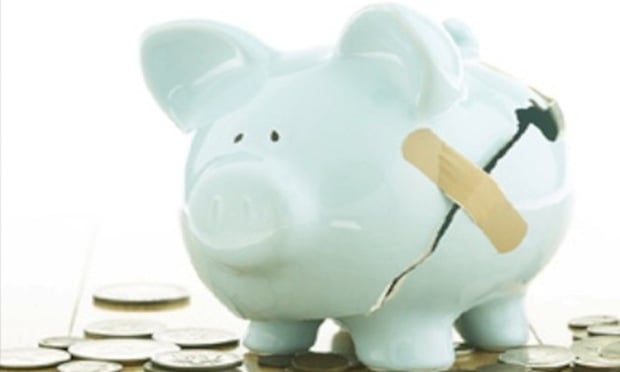One of the most interesting results of the study, says DLA's Real Estate Practice Group chairman Jay Epstien, is that 97% of the recipients predicted a continued boom or flattening of the current investment market despite rampant external discussion of a real estate bubble.
"I was surprised about the number that projected a flattening out, or a continuing positive trend," Epstien tells GlobeSt.com. "I thought there would be a more pessimistic view." Epstien says the results from this year's study are similar to 2004's findings. "We would have thought 18 months later you would have seen a slight shift in the general answers but the respondents were split 50/50 on how they described investment opportunities in the coming year. Half described the market as bullish and half described it as bearish, and from that I take away a narrow band between the flattening out and continued boom."
Of the respondents, 36% surveyed that multifamily continues to serve as the most attractive real estate investment opportunity in the coming year. Retail followed with 15.12%, and hotel investments ranked third with 14.73% of the vote. Adversely, 30.23% felt that downtown office properties were the weakest investment in the coming year. Suburban office followed with 22.87%.
Respondents associated a positive view of the current US economy with continued optimism regarding the US commercial real estate market. A large majority of respondents--62%--cited the continued growth of the economy as the primary reason for their confidence in the commercial real estate market.
Of those respondents who described their 12-month outlook on the US commercial real estate market as "confident" or "somewhat confident:" 42% indicated economic/job growth have the greatest impact on their confidence; 24% indicated interest rates; and 21% cited the performance of alternative investments.
Of those respondents who described their 12-month outlook on the US commercial real estate market as "somewhat concerned" or "concerned:" 39% indicated interest rates have the greatest impact on their concern; 39% indicated economic/job growth; 12% cited increasing costs.
Despite a feeling that interest rates in both the short- and long-term will rise, 60% of participants predicted that cap rates will hold steady over the next six to 12 months, which DLA believes indicates cap rates are being driven by supply and demand rather than interest rates.
"Can cap rates decline further pushing values yet higher," asks one respondent. "It's certainly possible if interest rates trickle even lower reflecting a weak economy. More likely, real estate values have reached an apogee, but the question is: What lies ahead? A plateau? A very gradual downslope? A ski run? Raise your glass to a flat traverse followed by a green slope; there's no need for a helmet."
Want to continue reading?
Become a Free ALM Digital Reader.
Once you are an ALM Digital Member, you’ll receive:
- Breaking commercial real estate news and analysis, on-site and via our newsletters and custom alerts
- Educational webcasts, white papers, and ebooks from industry thought leaders
- Critical coverage of the property casualty insurance and financial advisory markets on our other ALM sites, PropertyCasualty360 and ThinkAdvisor
Already have an account? Sign In Now
*May exclude premium content© 2024 ALM Global, LLC, All Rights Reserved. Request academic re-use from www.copyright.com. All other uses, submit a request to [email protected]. For more information visit Asset & Logo Licensing.








